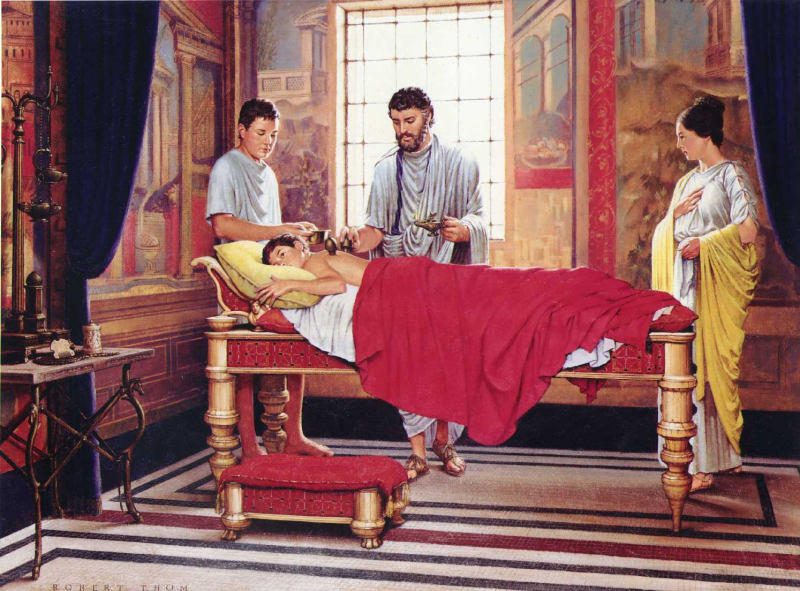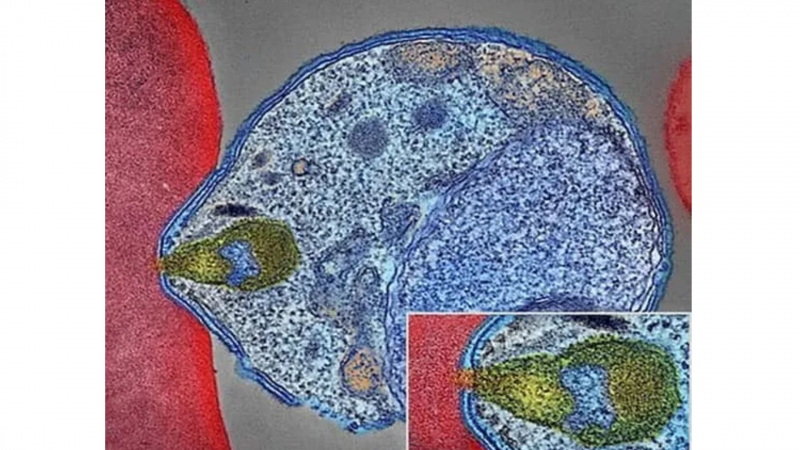Malaria
One of the most common epidemic diseases of Ancient Rome, Malaria, wreaked havoc on several Roman communities. The mosquito-breeding marshes that encircled the Roman cities and deforestation were the main contributors to this. The malarial DNA identified at one of the Roman sites was the first evidence of the disease's existence.
Frequent signs of Malaria include fever, exhaustion, nausea, and headaches. In extreme circumstances, it may result in coma, jaundice, convulsions, or even death. Ten to fifteen days after being bitten by an infected mosquito, symptoms typically appear. Patients may experience relapses of the illness months after receiving inadequate care. People who have recently recovered from an illness typically experience milder symptoms when reinfected. If the individual does not continue to be exposed to malaria, this partial resistance vanishes over the course of months to years.
DNA samples were retrieved from bodies discovered during an excavation that was conducted in one of the communities of ancient Rome in 450. The research indicated that a sizable proportion of youngsters and various age groups in Rome had been impacted by malaria. However, during the early stages of the epidemic, people believed that supernatural forces were to blame for the symptoms and deaths. Unfortunately, the plague was responsible for both the fall of the Roman Empire and Attila the Hun's capitulation. Problems started to arise up until the 20th century.










